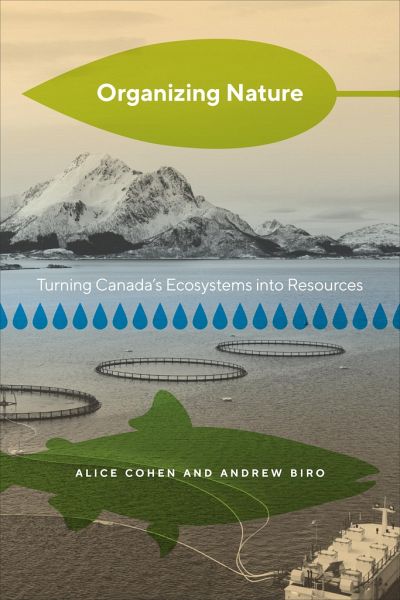
Organizing Nature
Turning Canada's Ecosystems into Resources

PAYBACK Punkte
19 °P sammeln!
Drawing from concrete examples in the contemporary Canadian context, this book gives readers the tools to think critically about Canadian environmental issues, ranging from theory to practice.



